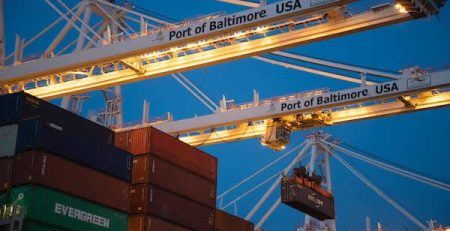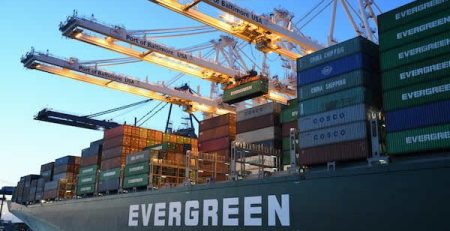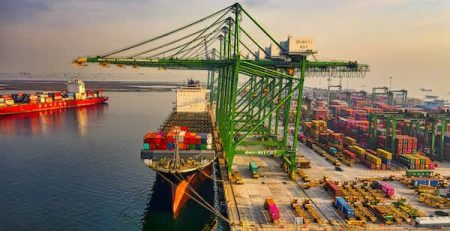In today’s competitive business landscape, optimizing your supply chain is essential for maximizing efficiency and staying ahead of the competition. A well-optimized supply chain not only reduces costs but also enhances productivity, improves customer satisfaction, and drives overall business growth. Here are some strategies to help you optimize your supply chain for maximum efficiency:
1. Streamline Processes:
- Identify inefficiencies in your supply chain processes and streamline them wherever possible. This may involve eliminating unnecessary steps, automating manual tasks, and implementing lean principles to minimize waste and improve workflow efficiency.
2. Enhance Visibility:
- Invest in technologies that provide real-time visibility into your supply chain operations. This includes inventory management systems, transportation management software, and supply chain analytics tools. Enhanced visibility allows you to track shipments, monitor inventory levels, and identify potential bottlenecks in your supply chain.
3. Improve Inventory Management:
- Implement inventory optimization techniques to ensure optimal inventory levels while minimizing carrying costs and stockouts. This may involve adopting just-in-time inventory practices, implementing demand forecasting algorithms, and optimizing reorder points based on historical data and market trends.
4. Strengthen Supplier Relationships:
- Forge strong relationships with your suppliers and partners to foster collaboration and improve supply chain resilience. Communicate regularly with suppliers to ensure timely delivery of materials and components, negotiate favorable terms and pricing, and collaborate on joint initiatives to drive mutual success.
5. Embrace Technology:
- Leverage advanced technologies such as artificial intelligence, machine learning, blockchain, and Internet of Things (IoT) to optimize supply chain processes. These technologies can automate repetitive tasks, enhance decision-making, improve visibility, and enable predictive analytics for better demand forecasting and inventory management.
6. Focus on Sustainability:
- Integrate sustainability into your supply chain practices by sourcing eco-friendly materials, optimizing transportation routes to minimize carbon emissions, and reducing waste throughout the supply chain. Sustainable practices not only benefit the environment but also resonate with environmentally-conscious consumers and contribute to brand reputation.
7. Continuous Improvement:
- Adopt a culture of continuous improvement within your organization, encouraging employees to identify areas for optimization and implement innovative solutions. Regularly review and analyze supply chain performance metrics, solicit feedback from stakeholders, and iterate on processes to drive ongoing improvement and innovation.
By implementing these strategies, businesses can optimize their supply chains for maximum efficiency, reduce costs, improve agility, and enhance customer satisfaction. A well-optimized supply chain not only drives operational excellence but also positions businesses for long-term success in today’s dynamic marketplace.











